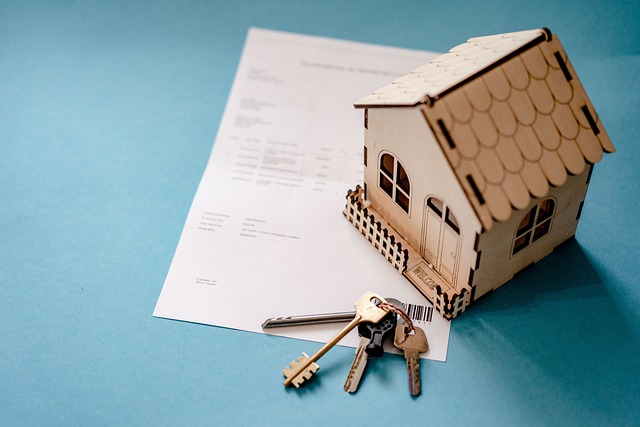What's Your Home Worth? Ultimate Valuation Guide
Want a realistic estimate of your property's market value? This in-depth guide breaks down how location, physical features, and market trends shape home prices, explains appraisal methods like AVMs, CMAs and professional appraisals, and shows practical ways to estimate value. Ideal for sellers, buyers, and investors seeking clear, actionable insight on home valuation and pricing strategy.

What influences a property’s market value?
Location is typically the dominant factor when assessing a home’s price. Neighborhood quality, local school performance, safety, proximity to shops and transit, and commute times shape buyer demand. Access to employment centers, public transport links, and planned developments that enhance or reduce desirability all matter. Even subtle differences — for example, a quiet cul-de-sac versus a home on a busy road — can affect perceived value.
How professionals arrive at a price
Experienced appraisers and real estate agents lean on three principal approaches:
-
Sales comparison approach: The most common method for standard residential homes. Professionals compare recent sales of similar properties nearby and adjust for differences in size, condition, and specific features to estimate a fair market price.
-
Cost approach: This calculates what it would cost to replace the home with a similar structure at current construction costs, then subtracts depreciation from age, wear, or functional obsolescence. It’s particularly useful for newer or unusual properties.
-
Income approach: Mainly used for rental and investment properties, this method values the asset based on its expected income stream, capitalizing projected rent after accounting for operating expenses.
Each approach has advantages depending on property type and data availability; using more than one often produces the most reliable estimate.
Key physical features that affect value
Several tangible characteristics directly influence how buyers and appraisers measure worth:
- Size and layout: Total square footage, the number and dimensions of bedrooms and bathrooms, and how well the floor plan functions are central to buyer preferences.
- Lot and outdoor amenities: Larger lots and desirable outdoor features — patios, landscaping, pools or usable gardens — typically add value.
- Condition and maintenance: Homes that are well-maintained generally fetch higher prices; deferred maintenance or structural issues can significantly lower value.
- Upgrades and systems: Modern kitchens, renovated bathrooms, recent HVAC, new roofing, and energy-efficient windows or appliances increase market appeal.
- Age and build quality: Sound construction and recent quality renovations boost resale value, while outdated finishes or cheaper materials can depress it.
Energy-efficient improvements and smart-home technology are increasingly attractive to buyers and can generate higher offers in many markets.
Market forces and price movement
Home values are dynamic and respond to broader supply-and-demand conditions. Limited inventory with strong buyer interest typically leads to multiple offers and rising prices. Conversely, an overabundance of available homes tends to put downward pressure on asking prices.
Macro-economic factors also play a role: mortgage interest rates, labor market conditions, and consumer confidence influence buying power and sentiment. Lower rates increase affordability and can push prices up, while rising rates often cool demand. Local economic health, regional trends, and shifting buyer priorities — such as the recent move toward more space — further shape values.
Tools and ways to estimate your home’s value
Homeowners and prospective buyers have several options to approximate a property’s worth. Each approach differs in cost, precision, and suitability for specific goals.
| Valuation Method | Typical Provider | Estimated Cost |
|---|---|---|
| Automated Valuation Models (AVMs) | Zillow, Redfin and others | Free |
| Professional Appraisal | Licensed appraiser | $300–$700 |
| Comparative Market Analysis (CMA) | Local real estate agent | Often free |
| Property Tax Assessment | Local government assessor | Free |
Prices and fees listed above are estimates and can change. Verify current rates and availability before making financial decisions.
Automated Valuation Models (AVMs) are quick and free but can be inaccurate when the property is unique or when local sales data are thin. A Comparative Market Analysis (CMA) from an agent blends local expertise with recent comparable sales and often provides a practical market-based estimate at no cost. For formal situations like mortgage lending or legal matters, a licensed appraisal remains the standard.
Monitoring changes in value over time
Property values shift with regular maintenance, upgrades, neighborhood trends, and the larger economy. Routine upkeep and targeted renovations — such as kitchen or bathroom updates, improved energy efficiency, and enhanced curb appeal — tend to produce good returns. Neglect, outdated systems, or nearby negative developments can erode value.
Stay aware of local sales activity, building permits, and municipal or infrastructure projects that could alter desirability. Combining online tools, an agent-provided CMA, and occasional professional appraisals gives a fuller picture than relying on any single source.
Using valuation knowledge to make decisions
Understanding how location, physical characteristics, market conditions, and valuation techniques interact helps homeowners and investors make smarter choices about selling, refinancing, or renovating. Use free online estimators for quick checks, lean on a real estate agent for market context through a CMA, and secure a licensed appraisal when a formal, defensible value is required.
Regular monitoring and strategic improvements protect and can grow your property’s equity. Armed with a clear view of how value is formed and measured, you can set realistic asking prices, prioritize renovations that return value, and confidently track your investment’s performance over time.






